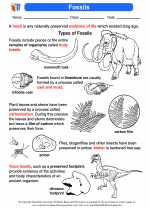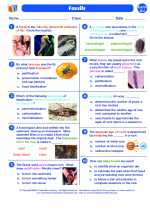Muscle Tissue
Muscle tissue is a specialized type of tissue that is responsible for movement in the body. There are three main types of muscle tissue: skeletal, smooth, and cardiac.
Skeletal Muscle Tissue
Skeletal muscle tissue is attached to the bones and is responsible for voluntary movements. It is striated, meaning it has a striped appearance under a microscope. Skeletal muscle tissue is under conscious control and is made up of long, multinucleated cells called muscle fibers.
Smooth Muscle Tissue
Smooth muscle tissue is found in the walls of hollow organs such as the stomach, intestines, and blood vessels. It is non-striated and is responsible for involuntary movements, such as peristalsis in the digestive system. Smooth muscle tissue is not under conscious control.
Cardiac Muscle Tissue
Cardiac muscle tissue is found only in the heart. It is striated and branched, and its cells are interconnected by intercalated discs. Cardiac muscle tissue is responsible for the involuntary beating of the heart and is not under conscious control.
Functions of Muscle Tissue
Muscle tissue has several important functions in the body, including movement, maintaining posture, generating heat, and assisting in various bodily functions such as digestion and circulation.
Study Guide
- What are the three main types of muscle tissue?
- Describe the characteristics of skeletal muscle tissue.
- Where is smooth muscle tissue found, and what are its functions?
- What is the unique feature of cardiac muscle tissue?
- What are the functions of muscle tissue in the body?
[Muscle Tissue] Related Worksheets and Study Guides:
.◂Science Worksheets and Study Guides Eighth Grade. Fossils

 Activity Lesson
Activity Lesson
 Worksheet/Answer key
Worksheet/Answer key
 Worksheet/Answer key
Worksheet/Answer key
 Worksheet/Answer key
Worksheet/Answer key
 Worksheet/Answer key
Worksheet/Answer key
 Vocabulary/Answer key
Vocabulary/Answer key
 Vocabulary/Answer key
Vocabulary/Answer key
